NTS Radio
Since the internet came along, radio just isn’t what it used to be. You can listen to other people’s mixes on Soundcloud
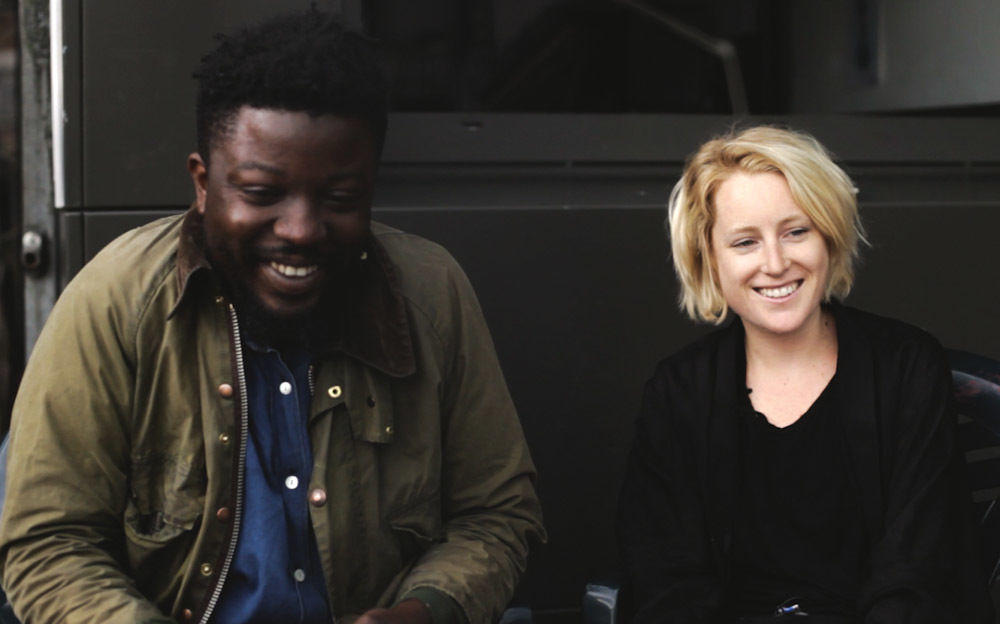
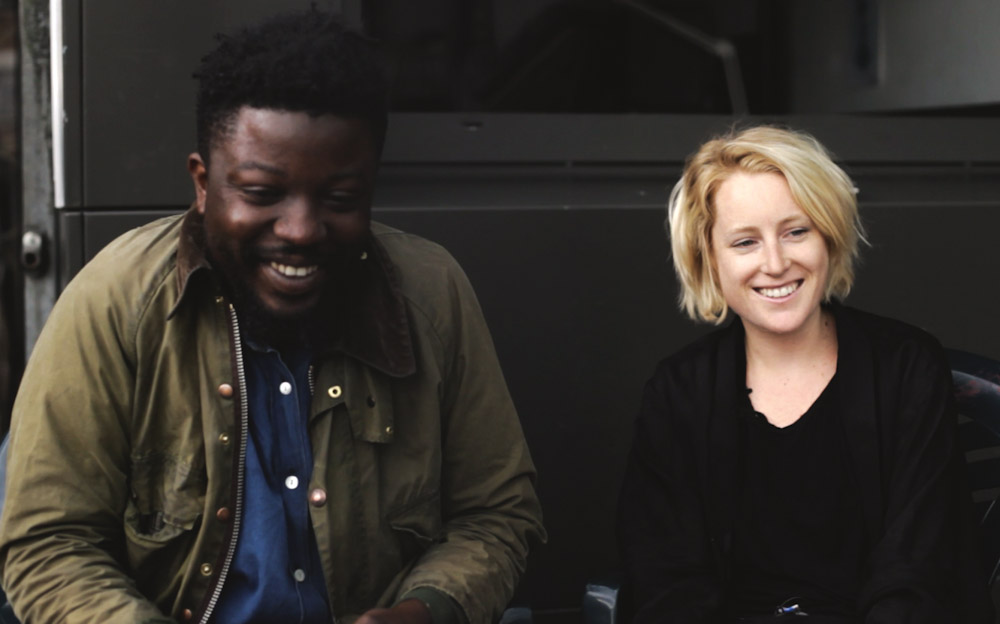
How times have changed. Over a decade later their dream has finally been realised, but the pair decided to launch the station solely online. So why did they opt for the web rather than FM radio? ‘You just have more freedom,’ says Femi. ‘On traditional radio you can’t even swear, and someone has to listen to the whole show twice in case there’s something offensive that’s been said.’ The majority of the station’s output is music shows, fronted by local DJs and music experts, which people can listen to by accessing the NTS Radio website. ‘It’s a free for all,’ says Femi. ‘Anything goes. We just ask for passionate people. It highlights the number of people who are doing independent projects and prepared to take risks to chase what they actually want to do.’ Listeners might tune in on a Wednesday morning to hear Thristian play dubstep on The BPM Breakfast show. They might hear nostalgic mid-90s hip-hop on the Livin’ Proof show. Or soul and funk courtesy of DJ collective Piff Gang on the PG Tips Show. And they might even catch part of an academic conversation about social sciences on the station’s increasingly popular talk show.
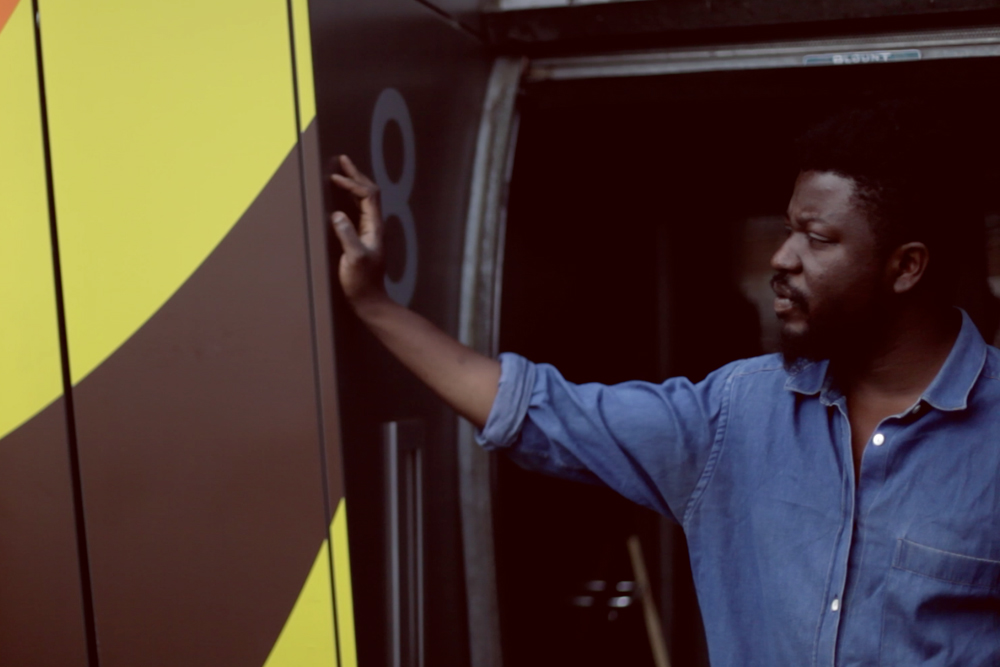
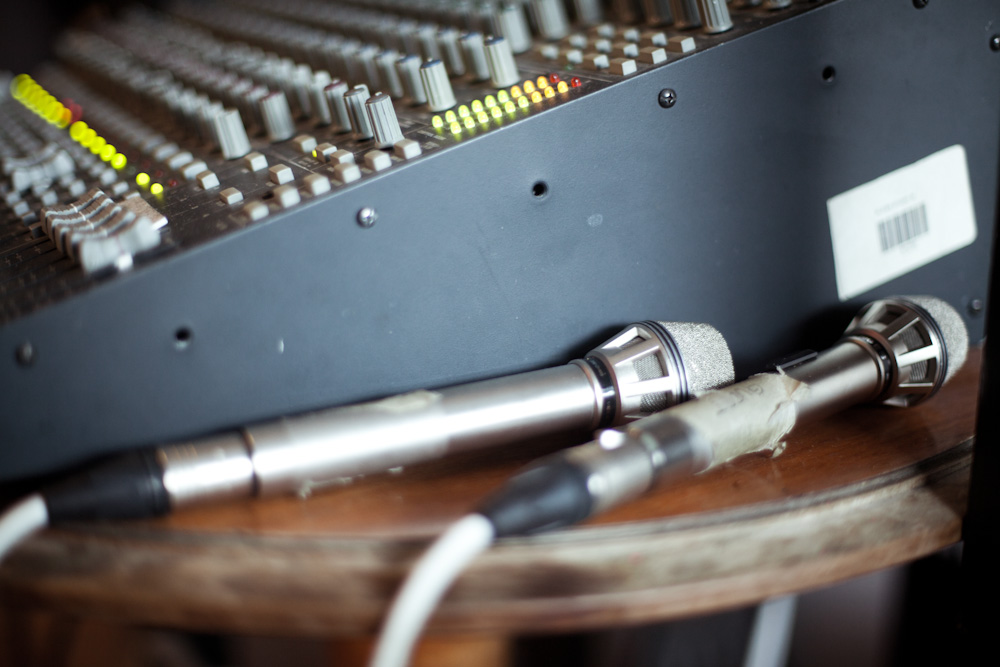
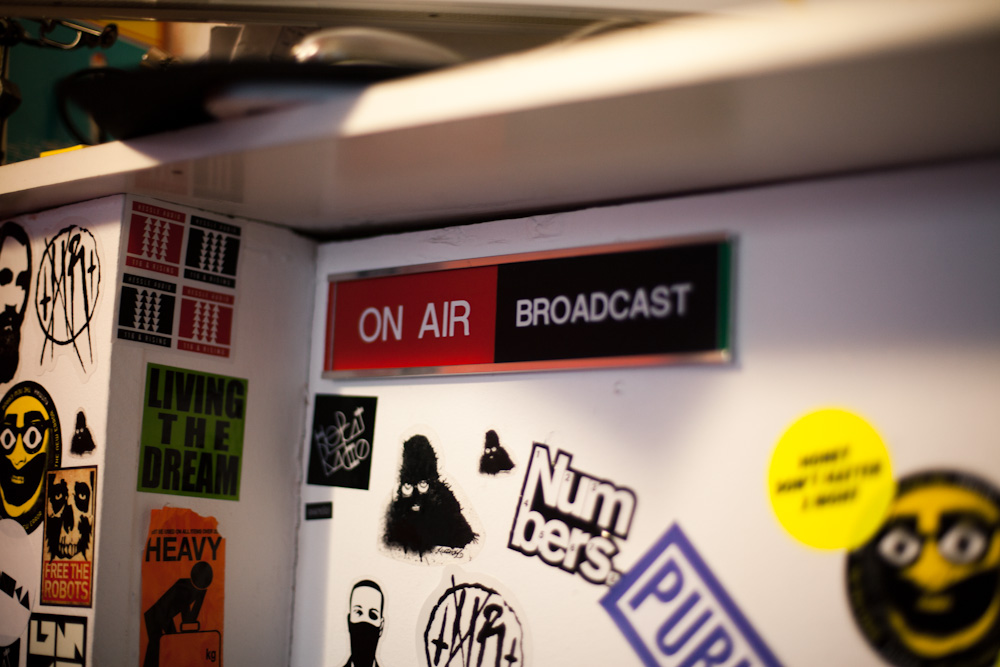
The website doesn’t just function as a place to access the station’s content. It also lets listeners see the people behind the shows, learn about their story and see photographs of the Dalston community. And by doing this, it lets the listeners feel like their a part of this musical community, even if they’re just tuning in for a few moments. ‘Shows are like a family, and people want to be a part of that,’ says Femi. ‘If there’s one thing I’ve learnt in life, it’s that everyone wants to be part of a group.’ Each of the show’s pages features portraits of the presenter, shot against a backdrop of the local Dalston landscape. There’s also video clips containing short interviews with presenters, which are overlapped with spiraling shots of the local streets. Throughout the rest of the website, photographs of recognisable Dalston hotspots appear, such as the façade of the Rio cinema and the red-brick of the Dalston Culture House. All these portraits, video clips and the photography help the listener understand the importance the station has on the community. NTS Radio sounds local, but it looks local, too.
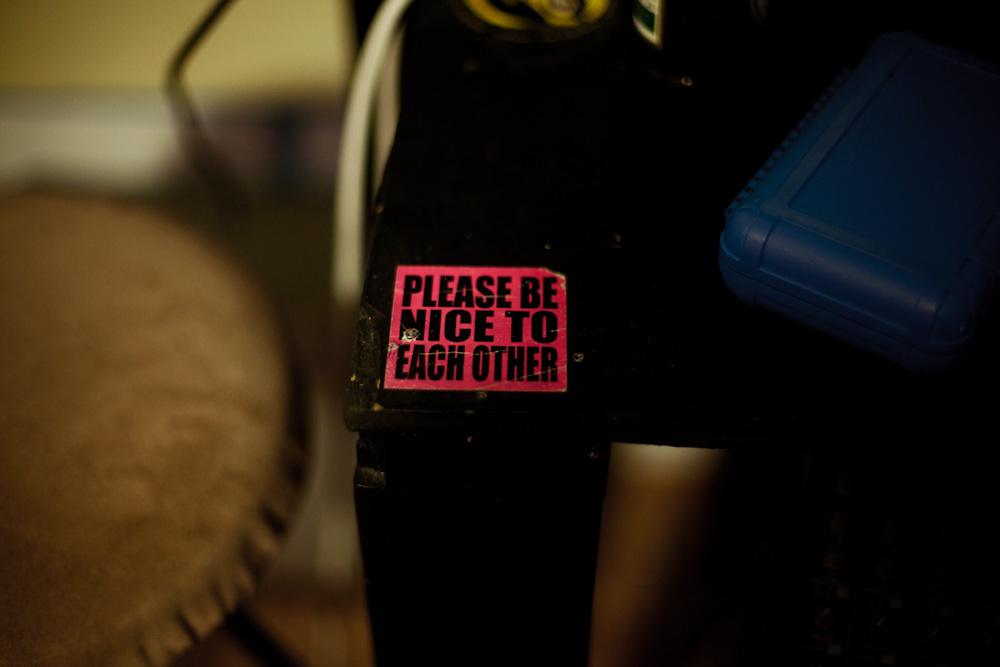
It highlights the number of people who are doing independent projects and prepared to take risks to chase what they actually
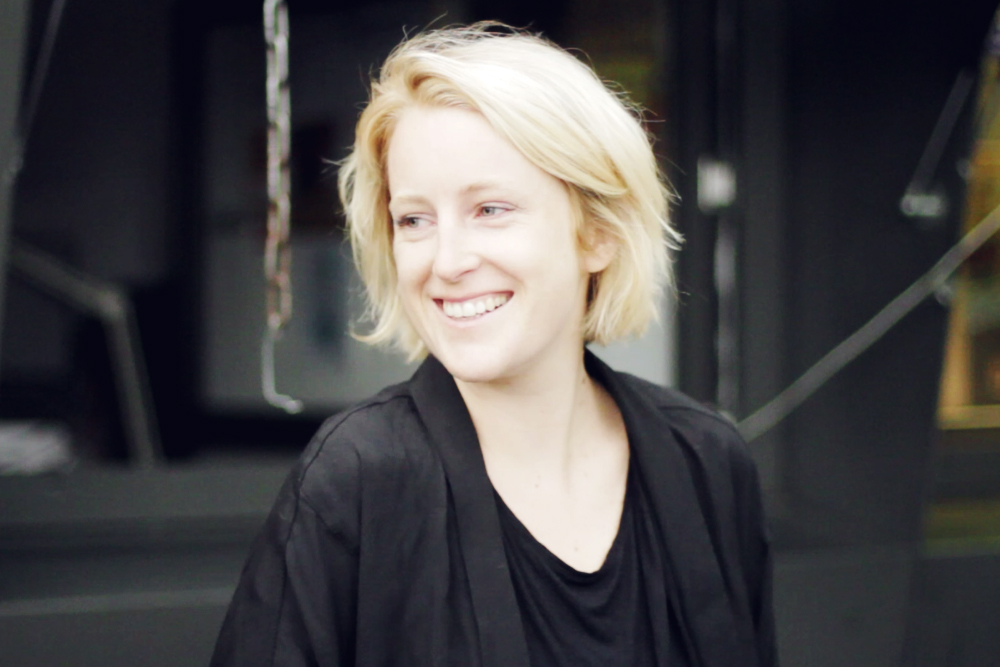
Since the internet came along, radio just isn’t what it used to be. You can listen to other people’s mixes on Soundcloud, stream music to your hearts content on Spotify or even create your own radio station on Last.FM. All this crowd-sourcing and user-generated content has given us a lot more choice of what to listen to, but whatever happened to the good old local radio station? NTS radio is taking local radio back.
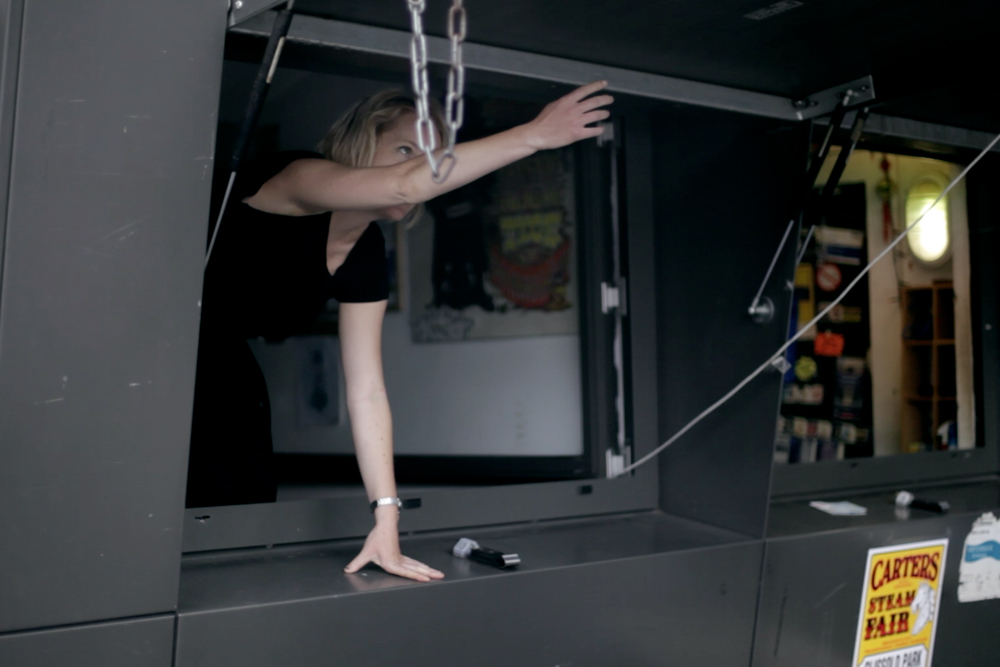
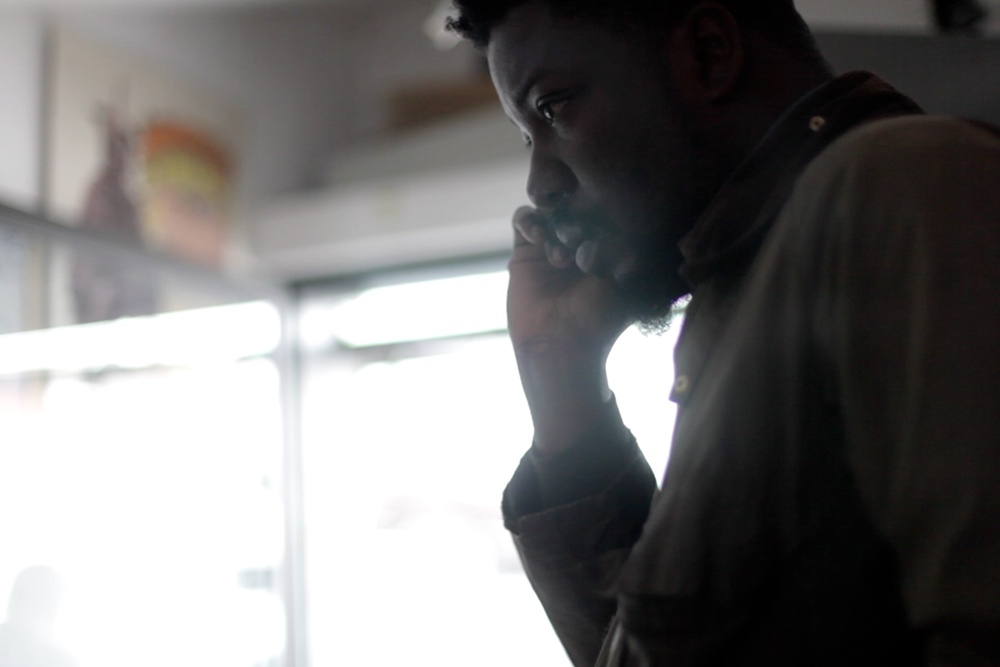
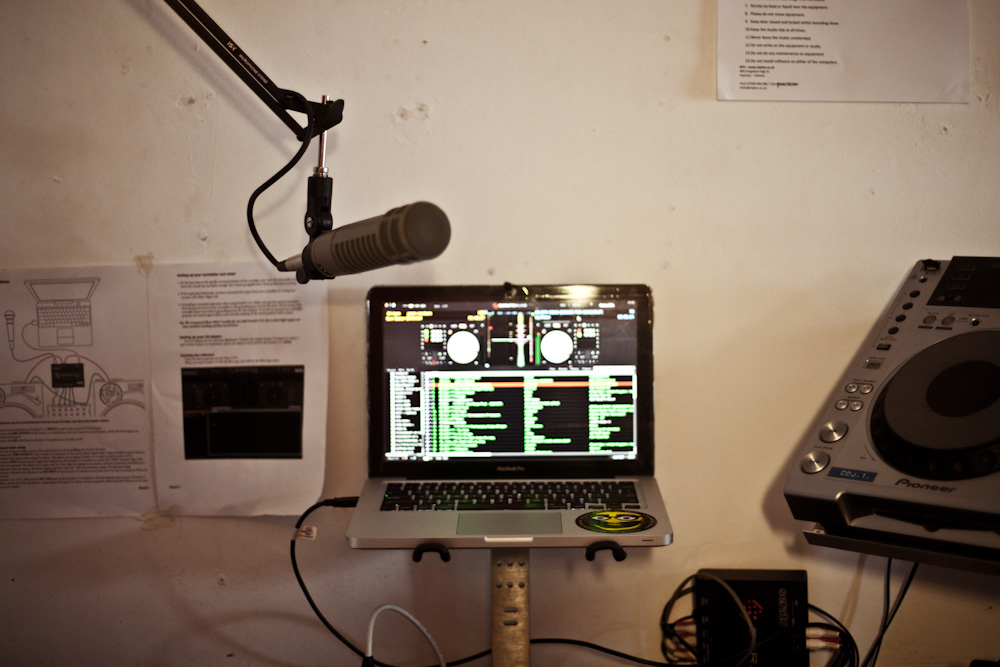
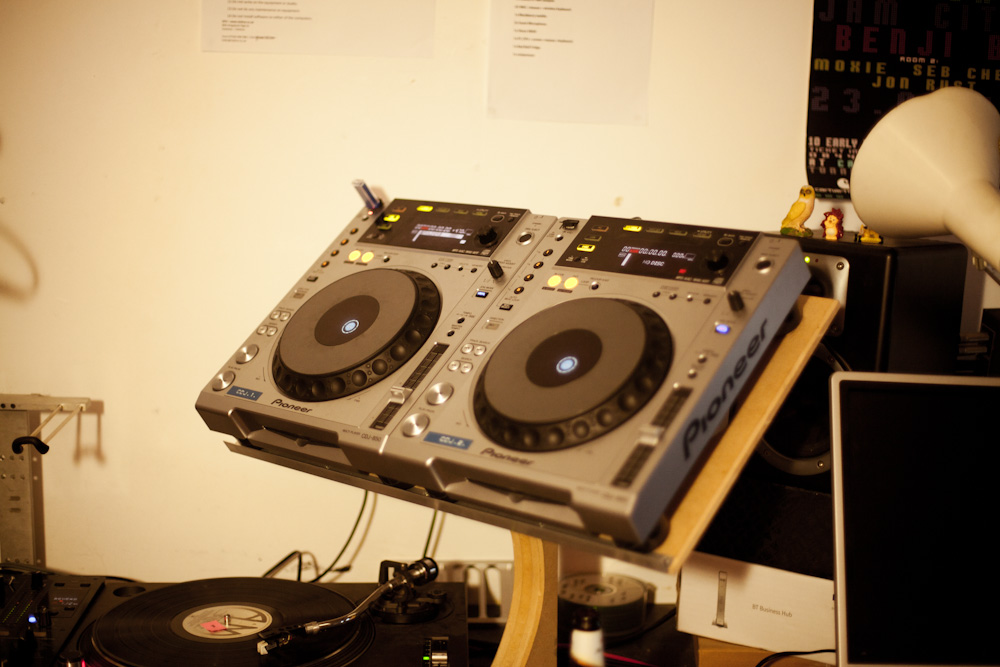
Founded by Femi Adeyemi and Clair Urbahn in April this year, it’s an online station based in London’s Dalston district that’s revisiting the days of pirate radio and community broadcasting. It’s local in perspective, but global in reach. ‘It’s a really good way to tap into a scene,’ says Clair. ‘There’s a worldwide interest in Dalston at the moment.’ It all started over a decade ago when both Femi and Clair dreamed of one day running their own radio station. ‘I remember in 1998 wanting to start up an FM frequency station,’ says Clair, ‘and talking to this guy who said: ‘yea, we can fund it if you do it online’. And I was like: ‘no way would I want to do an online radio station, that’s not real radio!’’
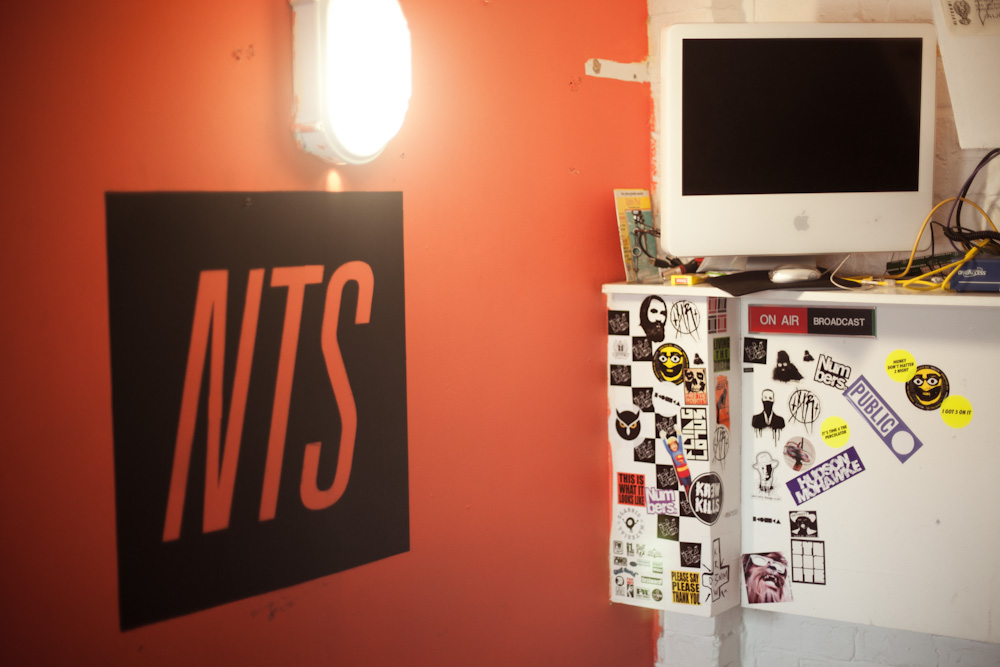
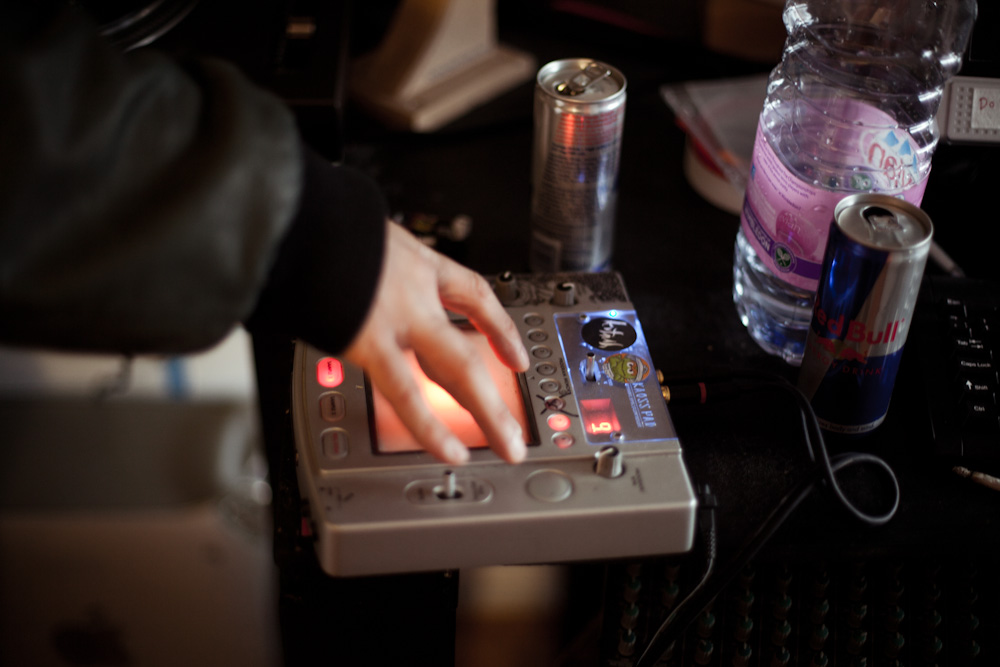
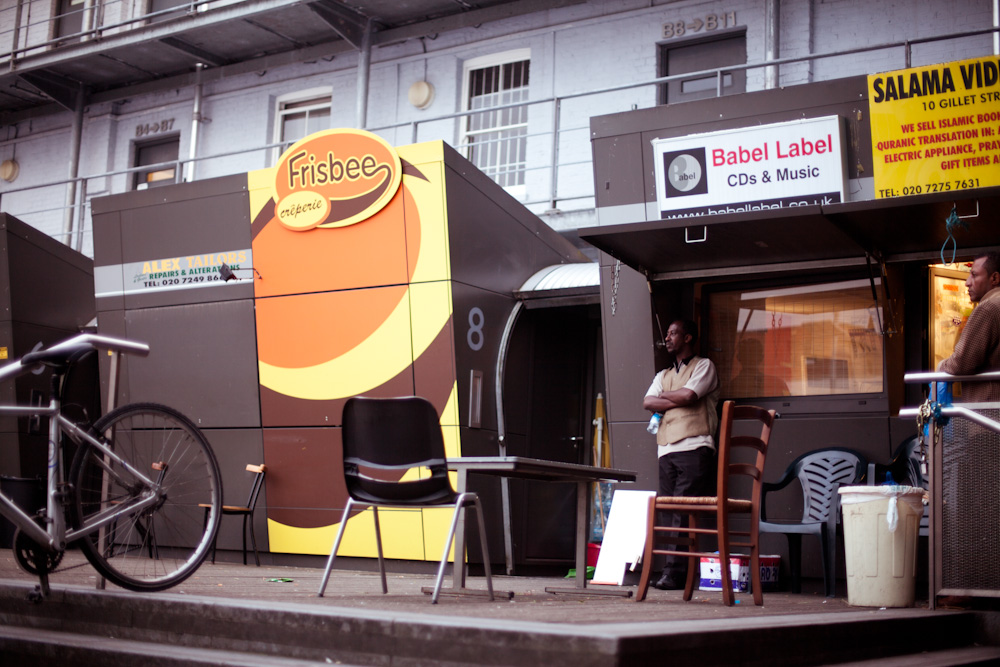
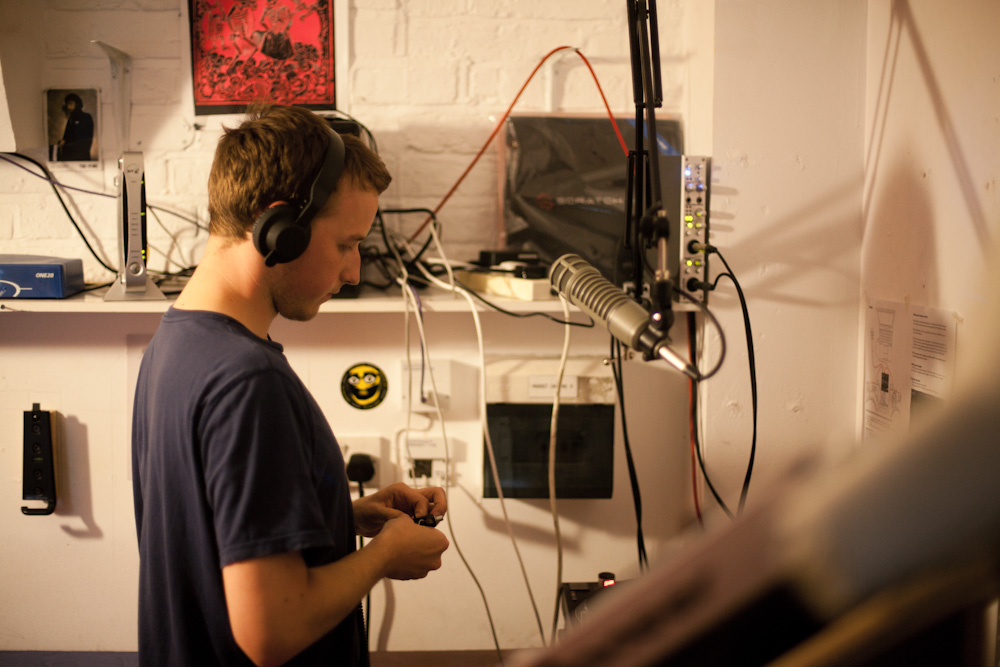
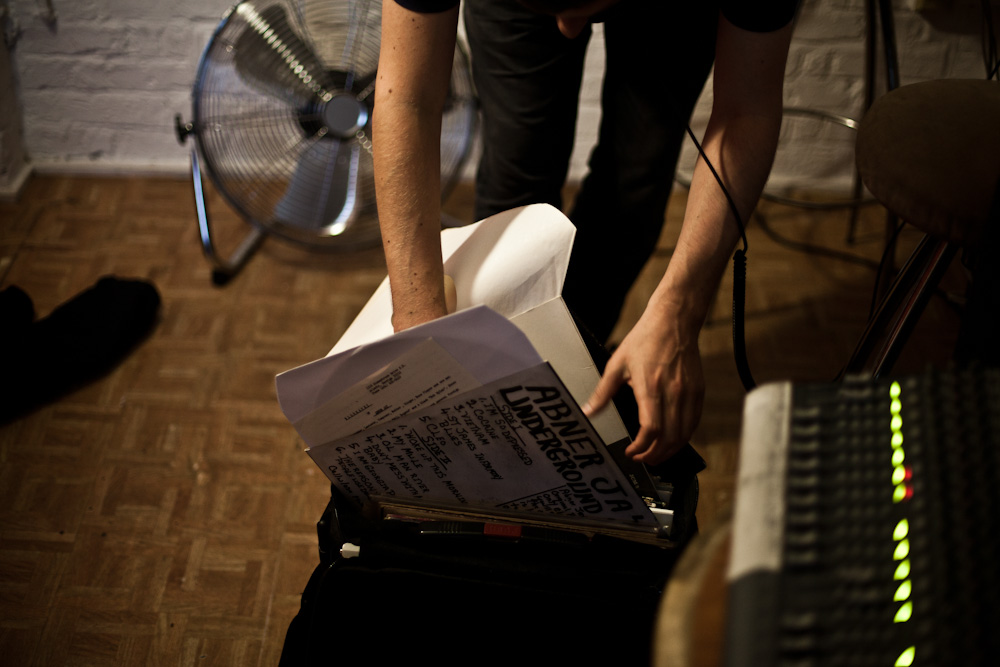



Discussion